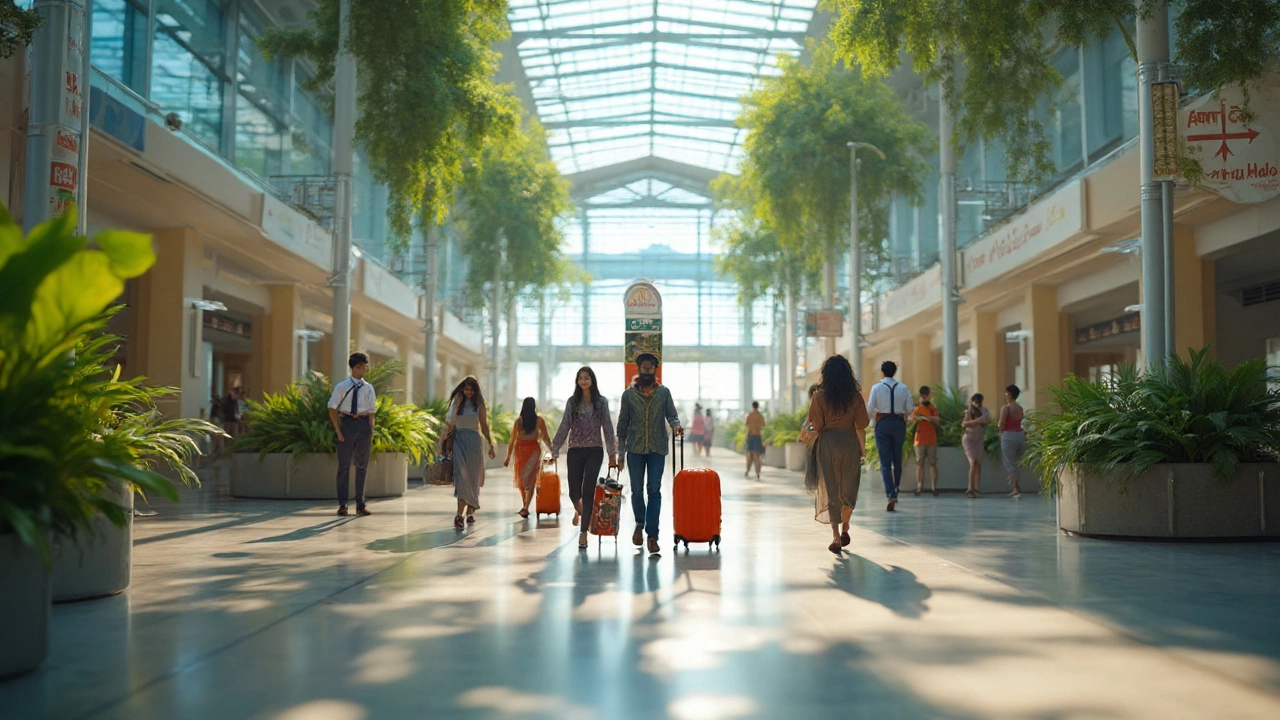SEARCH
Airport Safety & Cleanliness: Your Quick Guide
When you step into an airport, the first thing you want is to feel safe and see a clean environment. Airports worldwide have stepped up security and hygiene, especially after recent health scares. Knowing what to look for can save you time, stress, and even prevent illness.
How Airports Keep You Safe
Security checks start at the curb. Most terminals use metal detectors, body scanners, and random pat‑downs. Employees are trained to spot suspicious behavior, and many airports now have CCTV linked to real‑time monitoring centers. If you see a clear sign of a security checkpoint, follow the instructions promptly – it keeps the flow smooth for everyone.
Beyond the usual checks, many airports have added touch‑free options. Automated bag drop machines, contactless boarding gates, and mobile‑based ID verification reduce the need to touch surfaces. When you use these tools, you help keep germs off high‑traffic areas.
What Cleanliness Looks Like
Modern airports follow strict cleaning schedules. High‑touch spots like handrails, elevator buttons, and restroom fixtures are sanitized every hour or more often during peak times. Some hubs use electrostatic sprayers that coat surfaces with a thin layer of disinfectant, which stays active for hours.
You can spot a clean airport by checking for visible cleaning crews, clear signage about sanitation, and well‑maintained restrooms. If a terminal has plenty of hand‑sanitizer stations and waste bins, it shows they are serious about hygiene.
Travelers can do their part, too. Carry a small bottle of hand sanitizer and wipe down your own seat belt, tray table, and armrests with a disinfecting wipe before you settle in. It only takes a few seconds and adds an extra layer of protection.
When you notice a dirty area, report it to airport staff. Most terminals have a “clean‑up” button or a desk you can approach. Prompt reporting helps keep the whole facility safer for the next passenger.
For families with kids, choose lounges or waiting areas that offer separate play zones and frequent cleaning. These zones often have lower crowd density, making it easier to maintain distance and avoid germs.
Finally, stay updated on the airport’s specific policies. Many airports post their cleaning protocols on their website or at information counters. Knowing the schedule lets you plan bathroom breaks or meals when the area is freshly cleaned.
By understanding the security layers and hygiene routines, you can travel with confidence. Keep an eye on the signs, use touch‑free options, and take a moment to clean your personal space. The next time you board a flight, you’ll feel more in control of your safety and health.
During the COVID‑19 pandemic, many airports upgraded their air filtration. HEPA filters now run continuously, capturing 99.97% of particles the size of viruses. This means the overall air you breathe in the terminal is cleaner than in most indoor spaces.
Looking ahead, biometric boarding and AI‑driven cleaning robots are becoming common. Biometric gates speed up boarding while limiting contact, and robots can disinfect large areas without human error. These tech upgrades aim to make the airport experience both safer and smoother.
Quick safety and cleanliness checklist:
- Have a hand‑sanitizer bottle handy.
- Wipe down seat belt, tray table, and armrest.
- Watch for touch‑free kiosks and use them.
- Check restroom signs for “cleaned” timestamps.
- Report any spills or messes immediately.
Follow these steps and you’ll reduce the chance of picking up germs while moving through the airport. Travel should be exciting, not worrisome, and a little preparation goes a long way.

Cleanest and Safest Airports in India: 2025 Guide to Top-Rated Terminals
Get the real scoop on India's cleanest and safest airports in 2025. Discover what makes them stand out and how to navigate them for a stress-free journey.
Continue reading